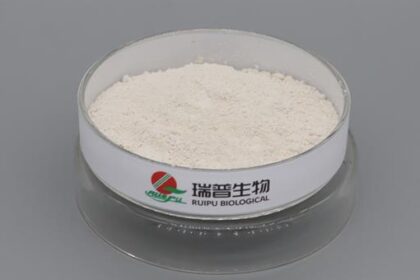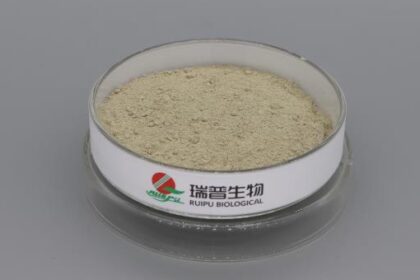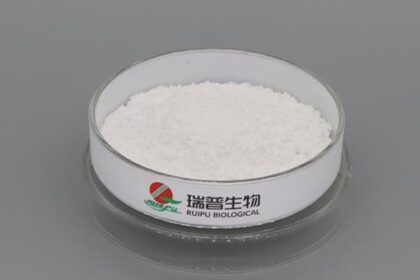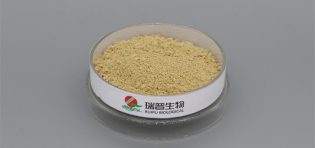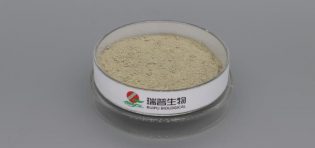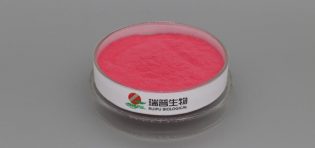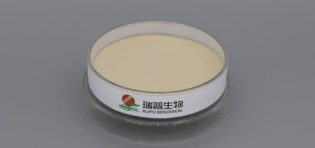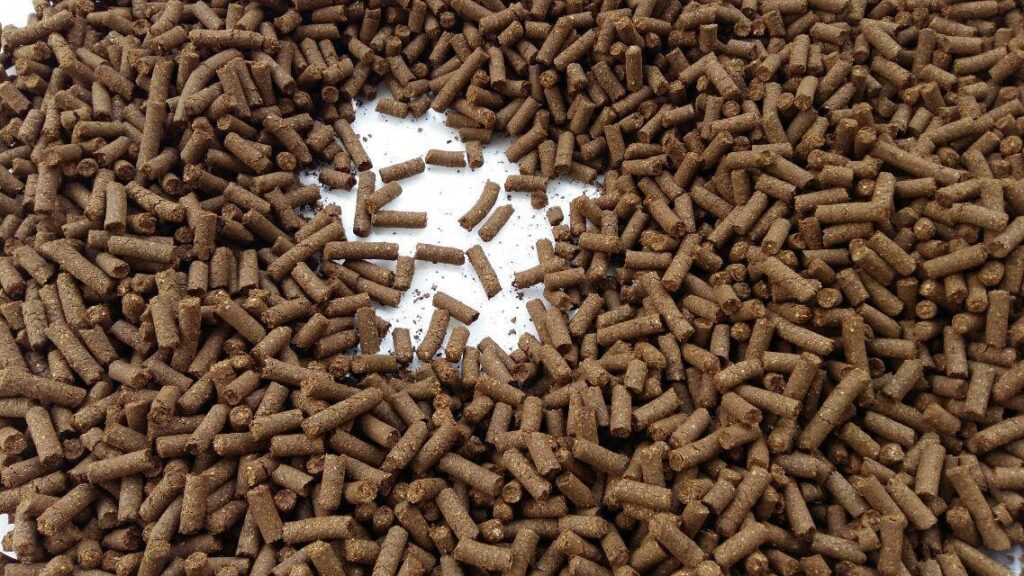
Ferrous fumarate, with the chemical formula C4H2FeO4, is an orange-red or reddish-brown powder, odorless and tasteless, with good flow properties. It is slightly soluble in water and very sparingly soluble in ethanol. As an organic iron supplement, it is characterized by high efficiency and safety, making it widely used in the feed industry.
Ⅰ.Application Effects
1. Improving Iron Absorption and Utilization
Ferrous fumarate is absorbed in the form of ferrous ions in the duodenum and upper jejunum of animals. Most of the absorbed iron participates in the synthesis of hemoglobin in the bone marrow, while the remaining iron is stored as ferritin and hemosiderin in the reticuloendothelial cells of the bone marrow, liver, and spleen. This efficient absorption mechanism makes ferrous fumarate an effective means of replenishing iron in animals.
2. Promoting Animal Growth and Development
Adding ferrous fumarate to feed effectively supplements the iron levels in animals, promoting their growth and development. For example, feeding sows with feed containing ferrous fumarate two weeks before farrowing and three weeks after farrowing allows piglets to obtain iron through the mother’s milk. This method of iron supplementation achieves the same weight gain and anemia prevention in piglets as iron injections administered to piglets three days after birth.
3. Improving Animal Health
Ferrous fumarate can prevent and treat iron deficiency anemia in animals and improve their immune function, reducing the incidence of disease. Additionally, adding ferrous fumarate can significantly enhance piglet skin color and coat condition, which may be attributed to increased liver iron content, higher serum ferritin levels, reduced total serum iron-binding capacity, and increased myoglobin content in the piglets' longissimus dorsi muscles.
4. Enhancing Feed Nutritional Value
As a feed additive, ferrous fumarate can work in synergy with other nutrients to increase the overall nutritional value of the feed. For example, it can cooperate with nutrients like vitamin C to enhance iron absorption and utilization. It also avoids problems associated with inorganic salt additives, such as oxidation and moisture absorption during processing and storage, thereby improving feed stability and quality.
5. Environmental and Economic Benefits
Compared to inorganic iron salt additives, ferrous fumarate has better biological efficacy and higher absorption efficiency. This means that a smaller amount of ferrous fumarate is required to achieve the same iron supplementation effect, reducing resource waste and environmental pollution. The stability and compatibility of ferrous fumarate also lower the costs associated with feed processing and storage.
Ⅱ.Application Considerations
1. Control of Addition Amount
The amount of ferrous fumarate added to feed should be determined based on the species and condition of the livestock or poultry. It is generally recommended to add between 1 to 4 grams per ton. Overuse may have adverse effects on the animals.
2. Compatibility Considerations
When using ferrous fumarate as a feed additive, it is important to consider its compatibility with other nutrients to avoid interactions that could cause precipitation or inhibit absorption.
3. Monitoring and Evaluation
Regular monitoring and evaluation of feed containing ferrous fumarate should be conducted to ensure its effectiveness and safety. Additionally, attention should be paid to changes in the growth and health of the livestock or poultry, and feed formulas and additive amounts should be adjusted as needed.
Ferrous fumarate, as a feed additive, has significant effects in improving iron absorption and utilization, promoting growth, enhancing health, increasing the nutritional value of feed, and providing environmental and economic benefits. However, during its use, attention should be paid to controlling the amount added, considering compatibility, and conducting regular monitoring and evaluation to ensure its efficacy and safety.

